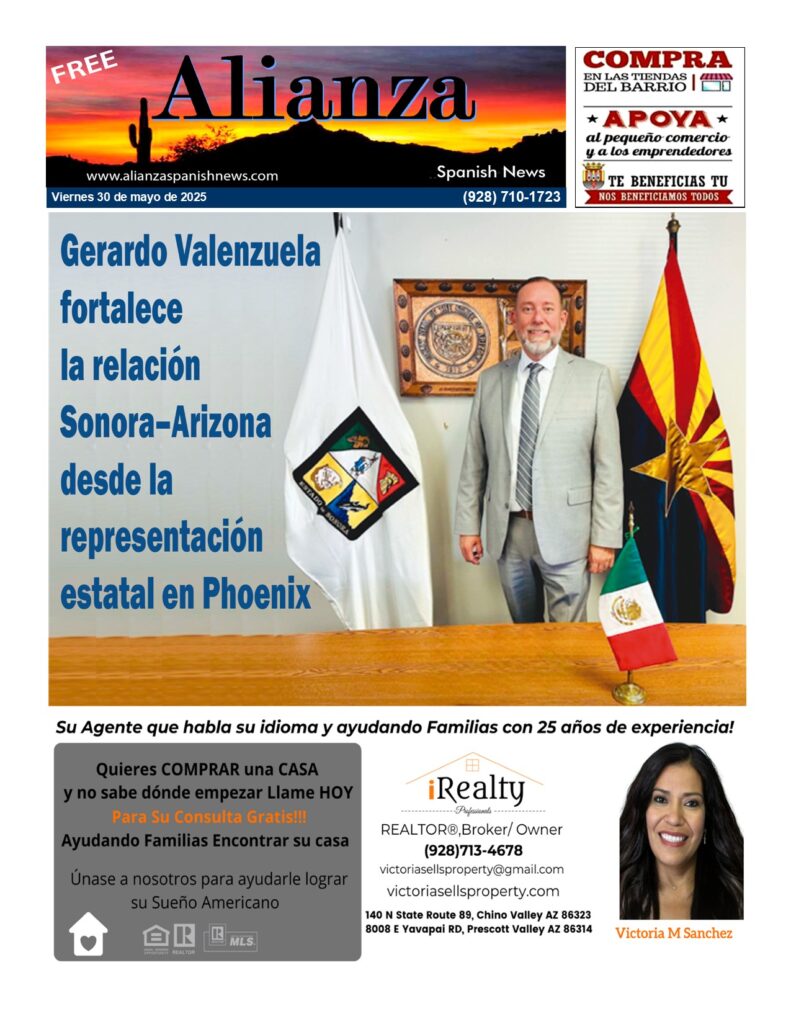The Covid 19 Models– Failures but Useful Think thru your risks to understand
By Bill Feyerabend.-
For two months early in the epidemic, projections for models made all the news. Now – not so much. Giving exact number projections isn’t so useful when the numbers are really wrong. Still, trying to develop a mathematical model can be useful. It makes you think thru things that can help you as one person trying to understand and minimize your risks. Things like how, when and where you are vulnerable. When you understand those, you can do things in ways to lessen your risks. Those things always come back to the basics of a mask, washing your hands and trying not to be in crowds.
New York Governor Andrew Cuomo’s news conferences have been ‘must see.’ He has a direct, no nonsense style of communication about the pandemic. Early on in the crisis, you heard daily about the predictions of statistical models. Finally, on May25 Cuomo announced that he was out of the model business.
«Now, people can speculate, people can guess, I think next week, I think two weeks, I think a month,» Cuomo said. «I’m out of that business, because we all failed at that business. All the early national experts, here’s my projection, here’s my projection model, they were all wrong, they were all wrong.»
What went
wrong? First, understand that anybody can model anything. Second, understand
that modelling used properly can be useful. It makes you think thru things. What
is important and what isn’t important? What numbers are you using? Are they measurements
or estimates? How can those numbers be improved? If you change one thing, how does
that change the result?
First, let’s look at how anybody can model anything. I thing Cher is gorgeous. We would be a perfect pair except for one thing – I am too old.
PHOTO

Her love life made the news thru the 1980s. First, plot on a graph age on the vertical scale and year on the horizontal scale. You see that while I got older every year, she consistently likes guys 30 and under. She really blew it by not discovering me before 1977. After that I was too old.
GRAPH

You can make a reasonable fit her choices to a mathematical model using a second order polynomial linear regression shown in black.

GRAPH
You can then look into the future using y = -0.2523x + 525.8
where y is the age of her lover and x is the year.
That shows that she will be ready to date me again when I am 153 years old.

GRAPH
Now that is an incentive to take those supplements! It also is an example of how you can begin with facts, fit a mathematical formula that sounds very convincing and end up with something that is ridiculous. So if Governor Cuomo is right about the COVID models, why even bother with them?
Actually, making a model can be useful. It makes you think thru things. It makes you try to understand how things affect the end result. Let’s talk about those things.
First, COVID does not have a time of day like malaria. You are vulnerable to malaria between 9 pm and 5 am when the female anopheles mosquito is active. COVID is 24/7. Some people assumed COVID will go dormant in the summer. That has not yet to be proven. In fact, Arizona’s situation right now suggests that might not be true. Your model needs to be built assuming 24/7 vulnerability and not knowing if seasons are important.
Second, it is clear that COVID spreads by droplets (sneezing or coughing) and contact with a sick person or with a surface contaminated by the touch or sneeze of a sick person. Washing hands and a facial mask help. When you sneeze, droplets can travel up to 27 feet. Many face masks protect more the other person from your sneeze rather than filter you breathe in, but that helps. Obviously being further from a sick person helps. Masks also discourage you from touching your face, which the average person does thousands of times a day. Touching helps the virus enter your body thru your eyes, nose or mouth.
In modern life we had become very lazy about basic hygiene. Will that change? Your model needs to reflect changes in personal habits from education of how to protect yourself.
We had discussed important factors in earlier posts.
An important factor in any model is how easily the disease moves from one person to another. You will see that noted as Ro, pronounced ‘R zero’ or ‘R nought.’ That is the number of other people that each infected person will give the disease. A disease is on its way to disappearing if it is below 1.0. Ro for COVID is thought to be between 1.4 to 4.0, compared with 2.3 for a flu and 2.0 for SARS. The number is not precisely known, but clearly COVID is not disappearing tomorrow.
Unfortunately you also need to know how many infected people will die. Generally 80% of infected people have mild or no symptoms, 15% have severe symptoms and 5% reach critical condition. The general mortality rate is 2-4%.compared to for other diseases 10% for SARS and 34% for MERS. Within that generality are big variables. Older people are much more susceptible than younger people. Men are more susceptible than women. Blacks, Native Americans and Hispanics seem more susceptible, but some of that might because of poorer health care and cultural factors. Your model needs to understand the population it is applied to.
There are complications you need to include in your model.
One is that COVID spreads in different patterns. The two extremes are internationally to crowded cities vs. rural towns. One strikes quickly and hard and the other is slow and more subtle. Like the 1918 Spanish Flu pandemic victims on the Arctic island, disease can get to all remote places with time.
Another is when you start adding in numbers from testing. Testing is only now becoming significant. One method works in the first days of infection and the other works in the weeks and months after infection. Both have their percentage of false results. Testing also began with higher risk groups like health care workers and sick people, so it of course adds to the numbers of infected. As testing becomes more widespread, it includes more healthy people to give more negatives. But it also finds more infected people not counted by symptoms. Testing gives you numbers. How do you interpret them?
And interesting complication is people who have the virus, are spreading it and show no or minor symptoms. At first that was thought to be rare. Now the best estimate is 5 – 40% of infections are without symptoms. Regular flus have similar numbers. Some data shows up to 40% of infections come from people with no symptoms.
As you consider your model, it can get very complicated. It makes you realize that you are vulnerable in public to people who show no symptoms. It also makes you realize that your best protection now is the simple things: a mask, washing hands, not touching your face and staying a distance from strangers who look healthy.





